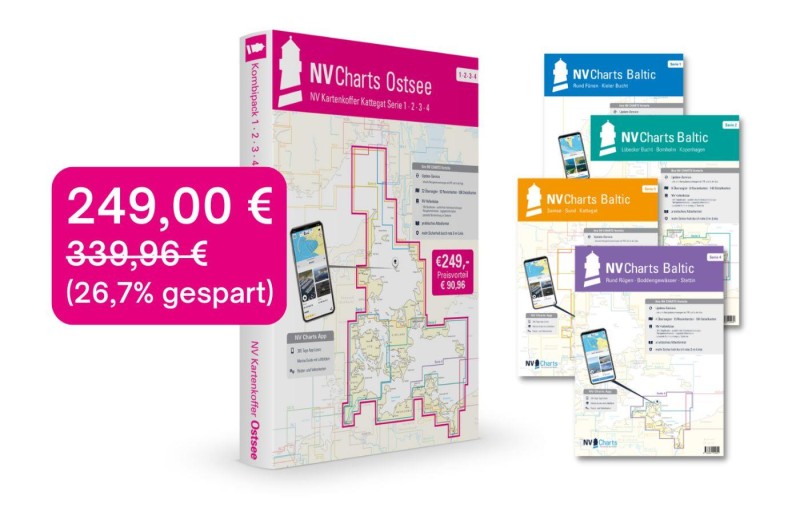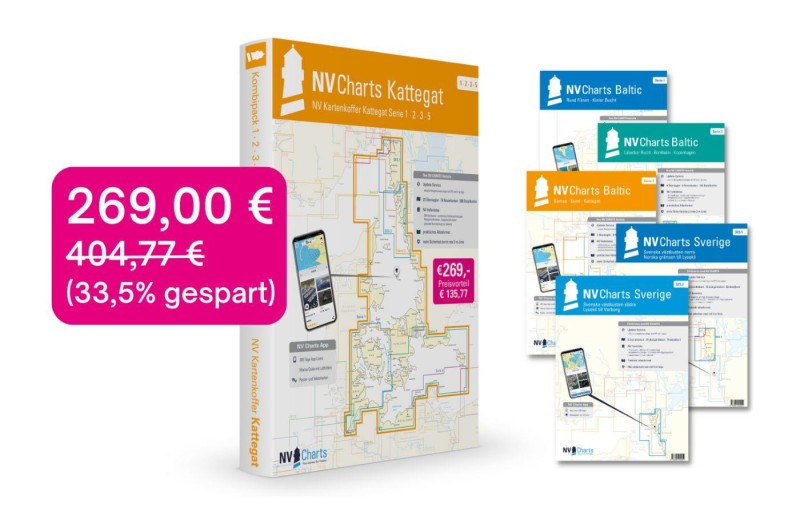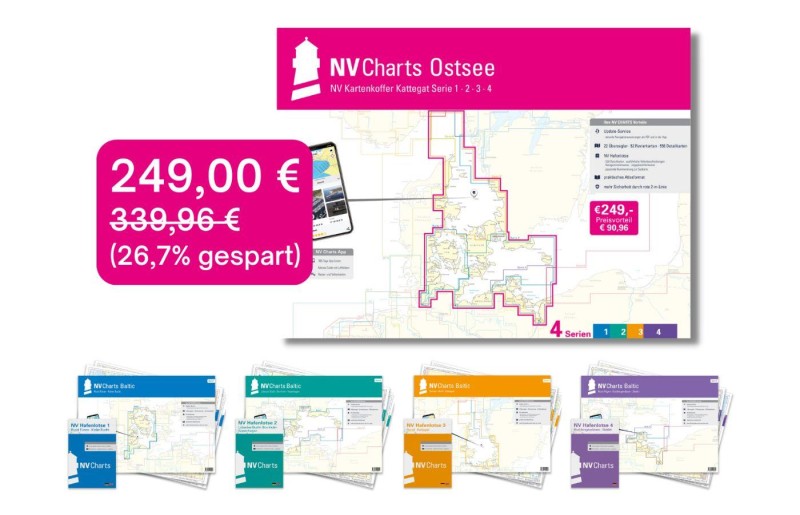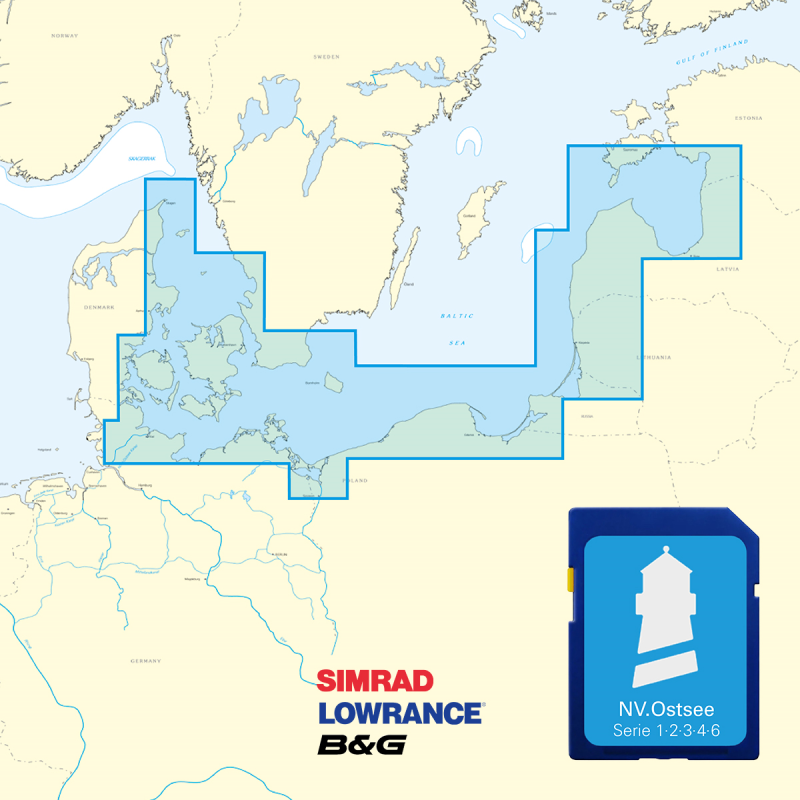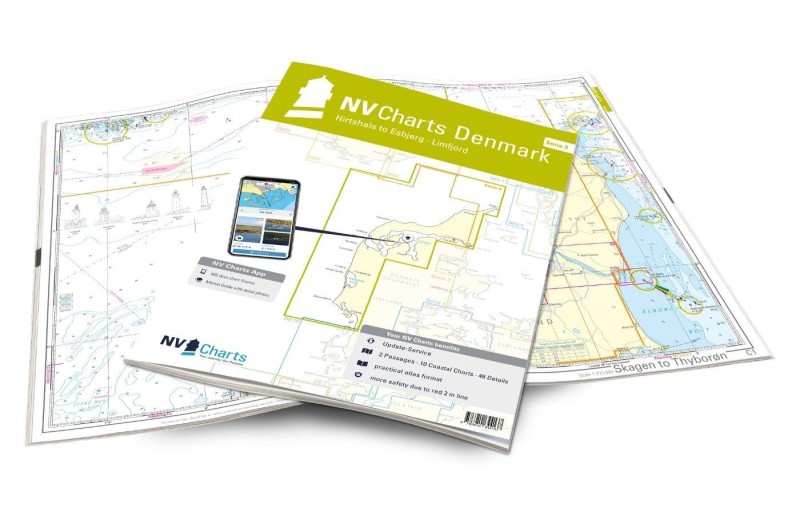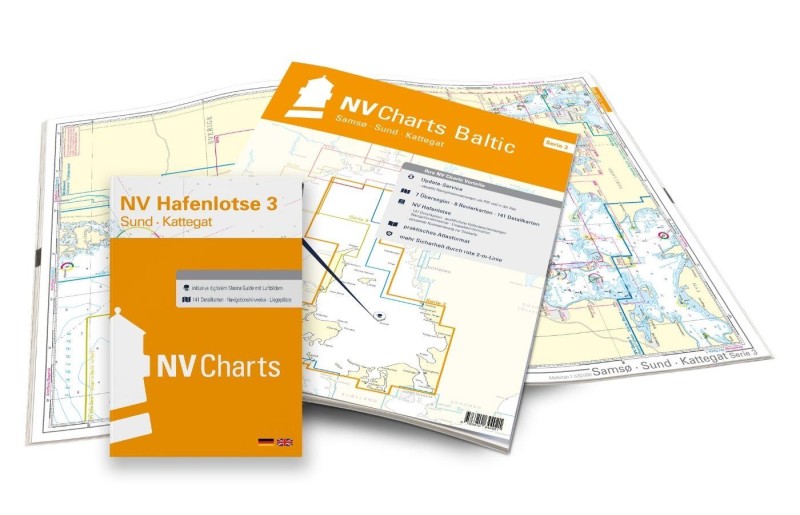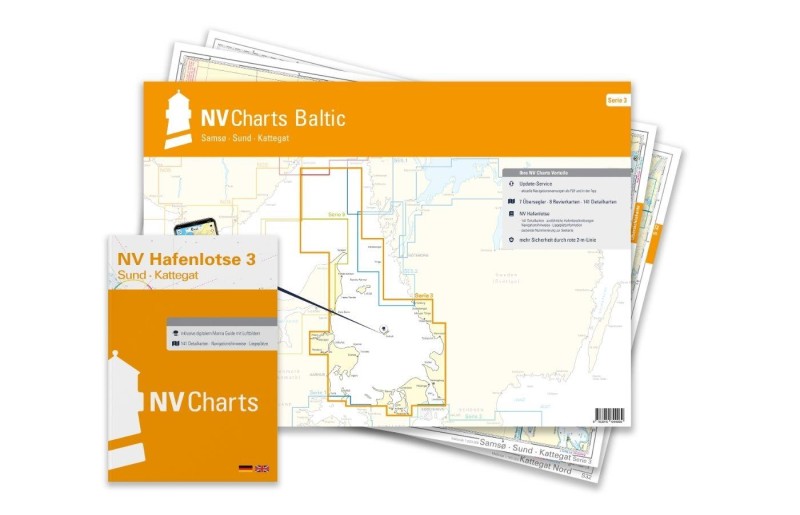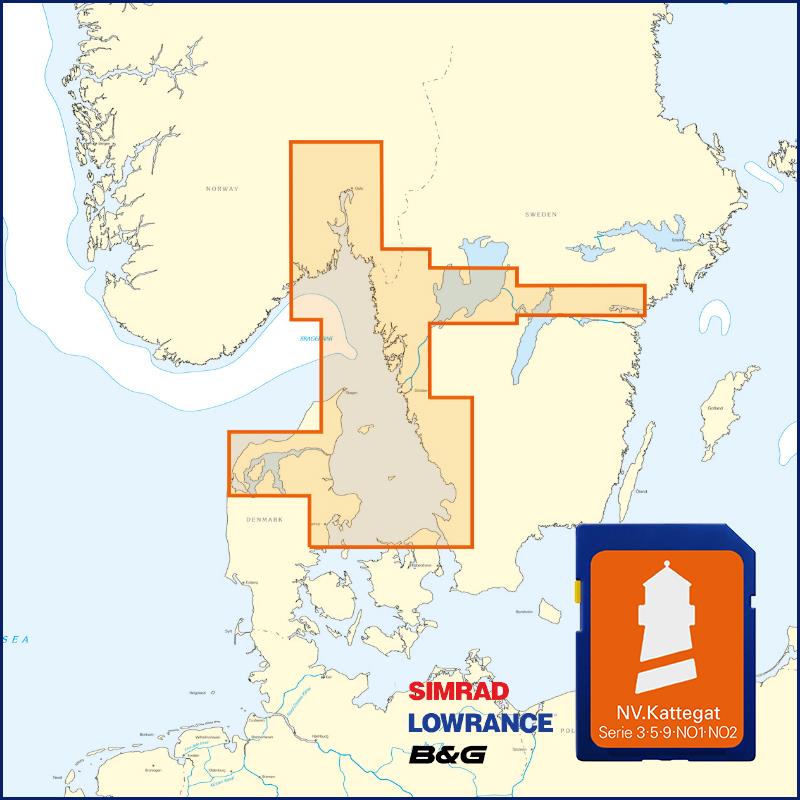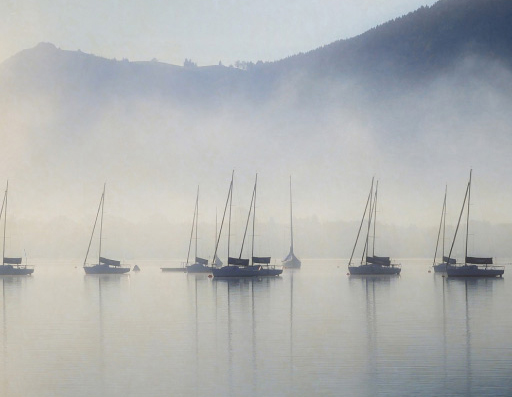Sæby
Marina near Sæby
Latitude
57° 19’ 56.4” NLongitude
10° 32’ 5.9” EDescription
Fishing and yachting harbour on the east coast of Jutland, about 6 nm south of Frederikshavn.
NV Cruising Guide
Navigation
The approach to the fired harbour is possible day and night. A prominent landmark is the white church tower at about 274° if you aim for the middle of the harbour entrance. The entrance to the harbour tends to silt up, but water depths below 3 m are very rare. When the current sets to the south, the entrance must be kept clear, as the current can run quite hard across under land here.
Berths
Guests will find very good berthing possibilities in the boxes at the bridges of the marina on water depths of 2 - 3 m. Large yachts are also very good on the starboard side or in the front new basin on port side on water depths of 3 - 4 m, (the rear one is reserved for smallcraft). The quay facilities can also be used.
Surroundings
At the harbour, apart from very good sanitary facilities, there is also a fish shop, a kiosk and a grocer with bread service. Further shopping facilities are available in the centre of Saeby, 1 km away.
NV Land Guide
The estuary of the Sæby Au into the Kattegat has had a decisive influence on the location and development of the idyllic small town of Sæby. The first mud houses were built here in Viking times, and a narrow harbour was established here to facilitate trade across the sea. The street layout of the medieval town adapted to the bays of the Au and has remained essentially the same to this day. Fortunately, traffic planners routed the main route from Ålborg to Frederikshavn around the old town centre, thus creating the conditions for preserving the old milieu of Sæby, which is considered one of the cosiest little towns in Jutland.
We recommend a counterclockwise tour of the beautiful old town. The starting point is the old lifeboat station, built in 1906, at the northwest end of the harbor basin. The path leads in a north-westerly direction along the "Fiskerstien" (Fishermen's Path), a former path along Sæby Au, once used by fishermen. Memorial stones to the town's well-known personalities have been placed along the walk. Cross Søndergade, keep to the right and after a few steps turn left into Gartnerstien. There you will come across the watermill house from around 1810, which was still used as a grain mill until the 1920s. Originally, a much older water mill stood here. Head west along Gartnerstien through the oldest villa district in Sæby from around 1900. At the end of the road, turn left into Skovallee, immediately left again into Christian Rhuss Vej and then right into Jacob Severins Vej, which leads you to Hans Abels Vej. On this road you come (on the left) to the Sæby-Au bridge, on which the small river is crossed. On the other side of the river, on the left hand side, you will find Pindborggade, which is well worth seeing and which has regained its old pavement. A short detour into the parallel Vestergade leads to the hotel "Harmonien", where the writer Henrik lbsen wrote " The Woman by the Sea" in the summer of 1887.
At the corner of Pindborggade/Søndergade, on the former market square, the stable buildings still stand, where the country people stabled their draft or riding horses before they did their shopping in town. Around the old market place, where in the past the stalls of the fishermen and the butchers were a hive of activity, there are still a few old merchant's houses, which today house shops and a financial institution. If you want to know more, all you have to do is cross the street and go to the Sæby Museum, on the corner of Algade and Søndergade. Dating from the 18th century, the house once belonged to Consul Ørum and is named after him. The exhibitions are devoted especially to the very interesting local history of past centuries.
Here the visitor learns that in 1460 a Carmelite monastery was founded at the mouth of the Sæby Au, and that Sæby enjoyed the special favour of the bishops, who renamed the place Mariested for a few decades. In 1524 the crown granted the town town privileges and in 1536 the Reformation put an end to the bishops' rule and the town's first heyday. St. Mary's Church was spared from looting, while the rest of the monastery buildings fell into disrepair. The stones were later used to repair the harbour.
The museum's exhibits point to the town's modest prosperity until the Swedish Wars (1657-1660), in which numerous silversmiths participated. The citizens could also afford social achievements such as a hospice. However, the increasingly frequent silting of the harbour initiated an economic downturn from which the town did not recover until the 19th century.
The oldest illustration of the town can be seen in the museum rooms. The copperplate engraving dates from 1670 and gives a rough outline of the townscape. As for the narrowness of the development, the imagination ran away with the editor. In the rooms of the former inn "Unter den Linden" a classroom from the year 1890 has been installed. The museum also presents the tools of the trades that were the mainstay of the Sæby economy in the 19th century: There was, among other things, an iron foundry, a water mill, a tannery and a dye works. In the gable room you can see a general store from around 1925. Even a few years older is the then typical "good parlour" in the back of the museum. The bourgeois showpiece living room was usually only used on festive occasions. The rich collection of old photographs of Sæby from the childhood days of photography also deserves special attention.
As you continue your tour of the town along the Algade towards the southeast, you pass numerous well-preserved buildings. The old people's home in the vicinity of the museum, for example, still looks as it did in 1834, followed on the left by "Dommergården" (the judge's residence), built in 1840 for the head of the magistrate's office. A memorial plaque commemorates Adda Ravnkilde, one of the first writers of the women's movement, who took her own life at the age of 21, unhappily in love. Her tragic fate inspired Henrik lbsen to write his play "The Woman by the Sea".
The discovery of an iron-rich healing spring in the forest of Sæbygård at the end of the previous century brought the small town its first summer visitors. The town fathers even dreamed of making the town a spa town, even a second Wiesbaden. The project failed. But today the place is rightly popular with tourists. The beautiful white beach and the one-kilometre-long promenade certainly contribute to this popularity. Music and dancing are the focus of the open-air plays in Sæbygård forest every year at the beginning of July.
During the summer months there is live music in many places in the town, including the market, with jazz and other good music to be heard. Sæby Miniby is the name of a 1:10 scale project that aims to recreate the town centre of Sæby around 1900, and it is growing all the time.
Marina Information
| Max Depth | 3 m |
Contact
| Phone | +45 9846 1059 |
| Please enable Javascript to read | |
| Website | https://saebyhavn.frederikshavn.dk |
Surroundings
Electricity
Water
Toilet
Shower
Restaurant
Imbiss
Crane
Atm
Internet
Fuel
Grocery
Ramp
Public Transport
Bikerental
Garbage
Comments
You can add comments with the NV Charts App (Windows - iOS - Android - Mac OSX).
You can download the current version at nvcharts.com/app.
Buy nv charts covering this place Clicking one of the products will open the nv charts shop.
Places nearby
Related Regions
This location is included in the following regions of the BoatView harbour guide:
